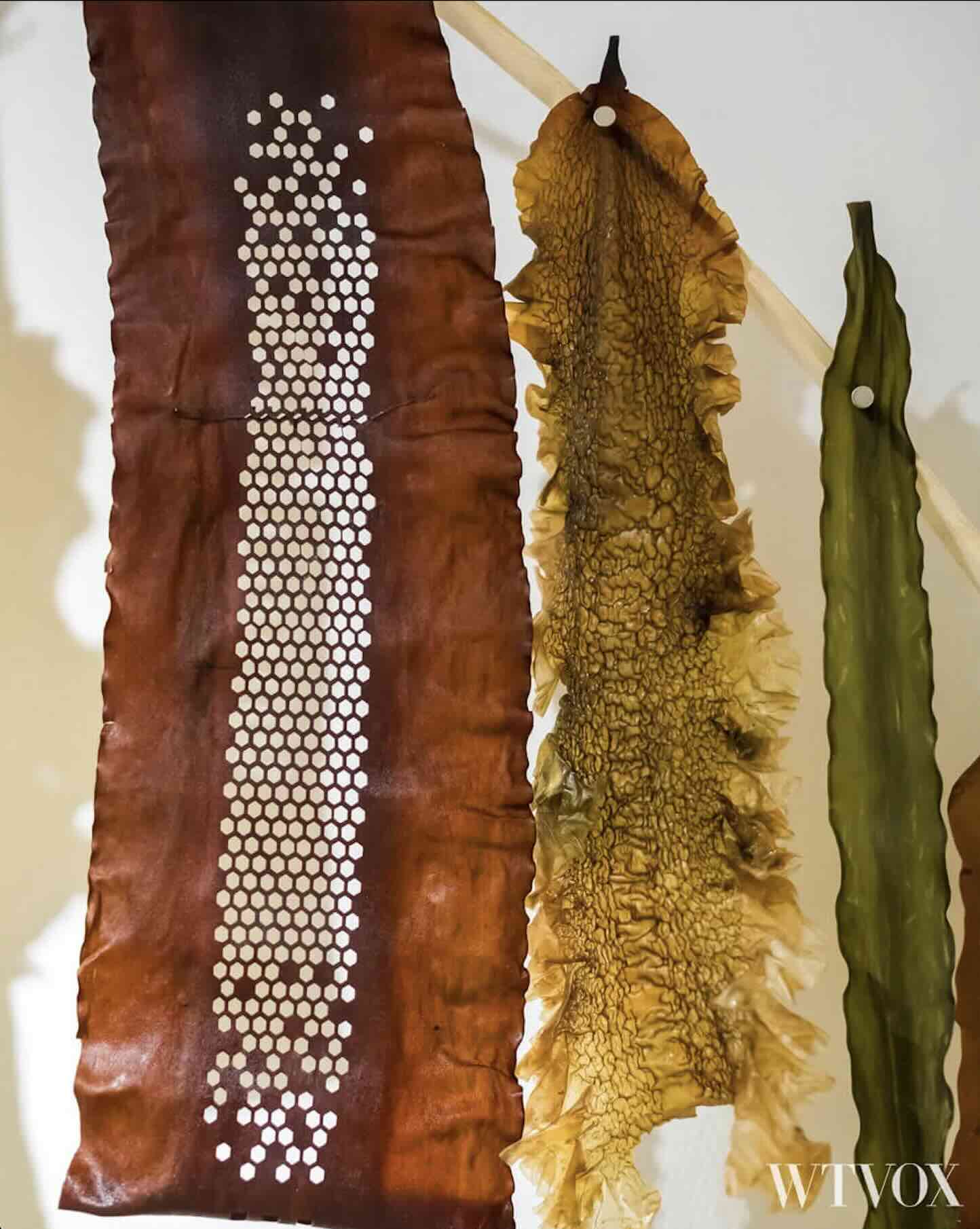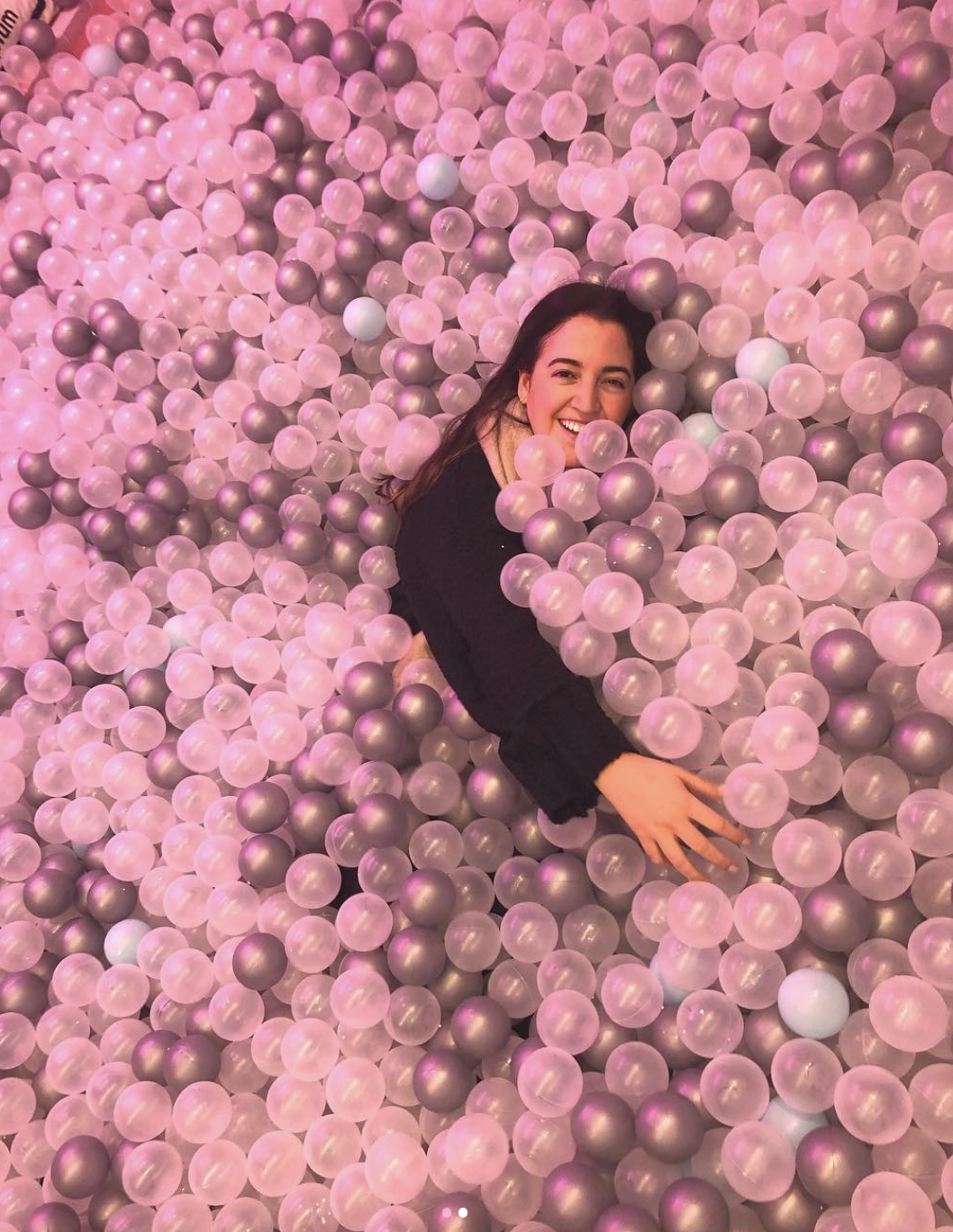In recent years, luxury fashion has begun to look not just outward, but inward — towards the oceans, toward laboratories, toward materials whose life cycles can rival their beauty. Among the most compelling developments is algae-based leather: a material innovation that promises to disrupt exotic skin’s dominance by combining sustainability, sensory richness, and regenerative potential.
Why Algae, Why Now
Traditional leather has always borne a steep environmental price: the ravages of tanning chemicals, deforestation for grazing, high water footprints. With consumers and regulators demanding more ecological accountability, luxury brands are already exploring alternatives. Algae — whether microalgae or seaweed — emerges as a
powerful contender because it grows fast, absorbs carbon, requires modest inputs, and offers regenerative properties that many other biomaterials can’t match.
Several biomaterial labs are already pushing prototypes to the runway and to showrooms. Innovations in algae-derived fibers and faux leathers are now less speculative and more testable. The shift is being quietly funded by major players who see regulatory, reputational, and market risk if they do not adapt. Examples abound: from algae-based sequins and knits being developed by Stella McCartney to predictions from industry reports that bio-based leathers will form a significant part of the luxury material supply chain by 2030.

The Innovators & Visionaries
- Keel Labs (formerly AlgiKnit): working on a cellulosic fiber “Kelsun,” made from sustainably farmed seaweed, built to integrate into existing supply chains.
- Stella McCartney: experimenting with algae-based sequins and knits; partly biodegradable innovations, continuing her brand’s sustainability DNA.
- Material startups and founders: dozens of companies are in early stages of algae leather R&D. MatterMinds published a list of ~28 founders using algae in material innovation.
- Independent design houses like Iris van Herpen are pushing boundaries: for instance, her “living dress” infused with bioluminescent algae to create glow effects in the “Sympoiesis” collection.
What Makes Algae Different
Algae leather isn’t just about being “greener.” The material carries aesthetic and performance promise:
- Texture & finish: Some algae-based materials have a natural sheen, soft drape, and an ability to accept dyes or finishes in novel ways.
- Sensory richness: Smell, touch, and even visual effects (luminosity, translucency) become design levers—think algae dress that glows, fabrics that respond to light. (Van Herpen’s glowing algae garments are a high-concept example.)
- Potential for storytelling: From ocean to atelier, the narrative of regenerative sourcing is powerful in luxury. Luxury buyers increasingly care about traceability, ecosystem impact, and newness of materials.
Challenges Ahead

Even the most exciting materials face heavy constraints:
- Scalability: Can algae be produced in volumes, with consistent quality and finish, that luxury demands?
- Cost: Lab processing, clean labs, regulatory approvals make current algae materials expensive. Can cost ever drop enough for wider adoption?
- Durability & aging: How do these materials wear, weather, crease, change over time? Consumers of luxury expect imperceptible aging, excellent finish, rich hand.
- Aesthetic credibility: Exotic skin luxury is a language; luxury consumers must believe algae alternatives can live up to the heritage. That’s as much about brand storytelling as the material itself.
Luxury’s Role in Turn
Luxury brands are often the ones to take risk on materials with promise but little precedent. They can fund R&D, storytelling, and absorb higher costs in early phases. The “luxury testbed” of capsule collections, couture shows, and limited one-offs is where algae leather gets seen, felt, and judged.
Imagine a capsule bag lined with algae leather panels, or a couture outerwear piece with algae skin accents—something richly textured, symbolic, and visibly alternative. Iris van Herpen and Stella McCartney are examples. Hermès or smaller houses might follow with micro-capsule collections that build a collector narrative.

Takeaway
Algae leather does more than solve an ecological problem: it rewrites what luxury materials are allowed to do. It challenges the assumption that “exotic leather” must come from animals, and proposes a future where beauty, craft, ecology, and technology all cohabit.
Luxury’s next frontier might not be rarifi ed opulence alone, but materials that feel alive, ethical, and forward-looking. Wearables that whisper, “fashion can heal ecosystems”—and look stunning doing so.
Sources:
- Muse / Designers Mentioned: Iris van Herpen, Stella McCartney, Hermès, von Holzhausen
- Innovators & Material Labs: Keel Labs (formerly AlgiKnit)
- SmartFashion.news — “Biomaterials Reshape the Future of Fashion”
- Ethos — “Seaweed Leather Could Be Eco Fashion’s Next Big Win”
- AP News — “Iris van Herpen unveils Sympoiesis collection with algae dress”
- Sustainability Magazine — “Stella McCartney Stays as Ambassador Post LVMH Share Buyback”
- Tocco Earth — “MatterMinds: Top 28 Founders Shaping the Future of Algae-Based Materials”



